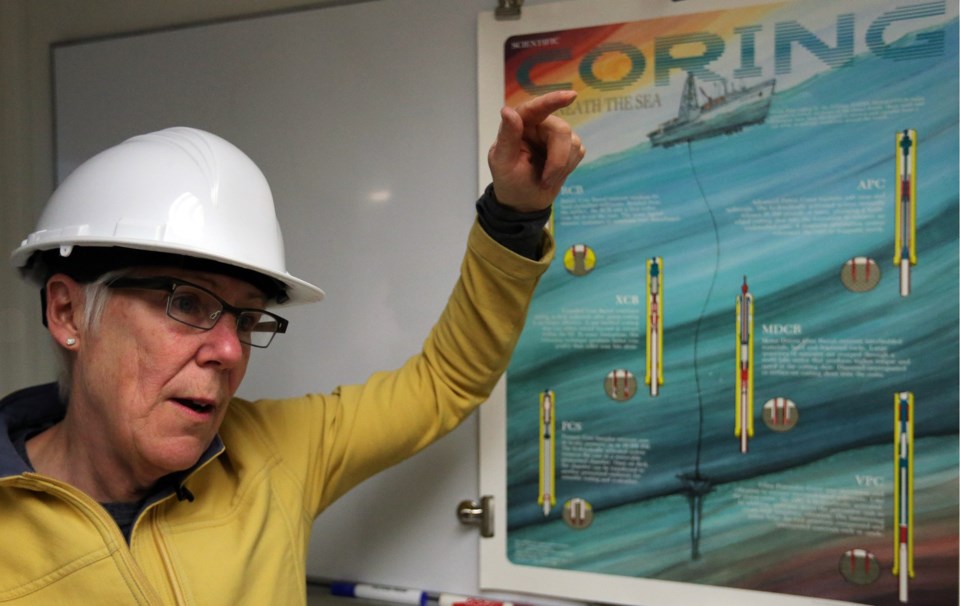The waters off Vancouver Island have led the world in ocean observation via extensive underwater cables for more than a decade, a feat buoyed Monday by $46 million in federal funding to Ocean Networks Canada, based at the University of Victoria.
The five-year injection from the Canada Foundation for Innovation will cover 40 per cent of operating funds for the Ocean Networks beginning April 1, and will underwrite expansion of the knowledge base in everything from earthquake prediction to ocean acidification, said Ocean Networks president Kate Moran.
It’s a significant boost from the last five-year grant, now just coming to an end, that totalled $33 million, she said.
The Ocean Network’s pioneering projects have laid more than 850 kilometres of Internet-accessible cable in the waters around the Island — waters with nearly every marine environment other than tropical seas, Moran said. They include low-oxygen marine environments, gas vents, port waters and areas that reach 330 C, conditions that Moran said are more diverse than just about anywhere else on Earth.
Ocean Networks’ observatories stream data 24/7 to researchers worldwide. It says the work contributes to long-term policies for such issues as ocean change, pollution, port security, Arctic sovereignty, shipping and hazard management.
“These observations are very critical right now because of climate change,” Moran said.
With more than 10 years of data to draw on, natural variations in weather can be compared with human-made influence on climate. The U.S. has just installed its own observation system based on what Ocean Networks has done, she said, incorporating the Ocean Networks data management system “considered the best in the world,” Moran said.
“The ocean is our planetary life-support system and human pressures are impacting the ocean at an ever-increasing pace,” she added in a statement. “Understanding this change is vital to protecting and managing the ocean to ensure a sustainable future.”
There are several Ocean Network observatories in the Strait of Georgia, Saanich Inlet, along the coast of B.C. and increasingly in Arctic waters.
“We are observing the whole ocean — beneath the sea floor, on the sea floor, in the water and on the surface,” Moran said. Along with early-earthquake warning, Ocean Networks is planning to install the world’s first so-called tilt meter to measure movement of tectonic plates off the west coast of the Island. “We hope to complete it this summer,” she said.
Ocean Networks has more than 100 employees either in administration at UVic or its marine technology centre on West Saanich Road, managing more than 2,300 registered users in the fields of science and business. Access is free to the public and researchers, but not for industrial or commercial uses.
The $46 million is one of the largest single sums of money ever awarded to UVic and the largest ever from the Canada Foundation for Innovation, Ocean Networks communications manager Leslie Elliott said. The money will go to Ocean Networks, but is awarded to UVic because Ocean Networks is a not-for-profit society created by UVic. Ocean Networks has partnerships to bring in money for the rest of its budget, Moran said.
The Canada Foundation awarded about $328 million to 17 projects on Monday, including Compute Canada at Western University in London, Ont., and Canadian Light Source at the University of Saskatchewan.



